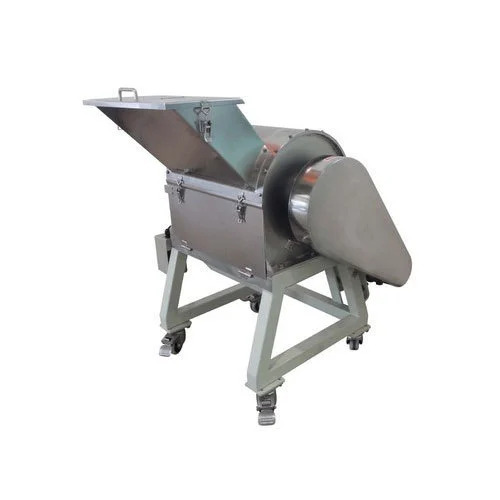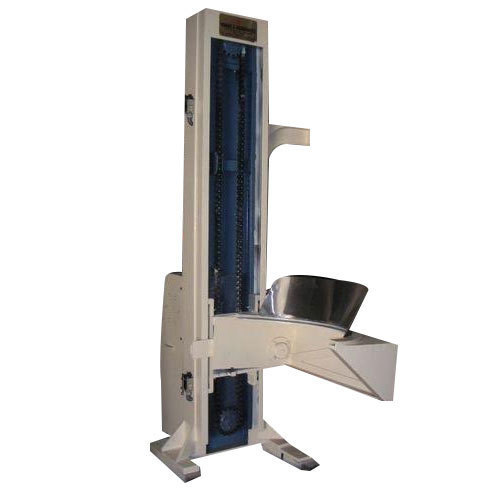Bread Cooling Tunnel
Price 2200000 INR/ Piece
Bread Cooling Tunnel Specification
- Product Type
- Baking Equipment
- Material
- Stainless Steel
- Power Source
- Electric
- Automatic Grade
- Fully Automatic
- Color
- Silver
- Warranty
- Yes
Bread Cooling Tunnel Trade Information
- Minimum Order Quantity
- 1 Piece
- Delivery Time
- 10-15 Days
About Bread Cooling Tunnel
A bread cooling tunnel is a piece of equipment used in the food processing industry to rapidly cool freshly baked bread to a safe storage temperature. The technical specifications of a bread cooling tunnel can vary depending on the specific model and manufacturer, but the following are some common features:
-
Dimensions: Bread cooling tunnels come in various sizes, but they are typically several meters long, a meter wide, and a meter tall.
-
Capacity: The capacity of a bread cooling tunnel is measured in terms of the number of loaves it can cool per hour. This can range from a few hundred to several thousand, depending on the model.
-
Cooling system: The cooling system is the most critical part of the bread cooling tunnel. It usually consists of a series of fans and cooling coils that blow cool air over the loaves. The cooling system is designed to remove the heat from the bread quickly, while also maintaining the quality of the bread.
-
Control system: The control system is responsible for monitoring and controlling the temperature, humidity, and speed of the conveyor belt. It also includes safety features to ensure that the tunnel shuts down if any problems are detected.
-
Material: The bread cooling tunnel is typically made of stainless steel, which is easy to clean and maintain, and is also resistant to corrosion.
-
Power consumption: The power consumption of a bread cooling tunnel depends on its size and capacity. A typical model may require several kilowatts of power.
Overall, a bread cooling tunnel is a complex piece of equipment that requires careful design and engineering to ensure that it functions effectively and efficiently.


Price:
- 50
- 100
- 200
- 250
- 500
- 1000+
More Products in Bakery Machines And Spare Parts Category
Stainless Steel Bread Conveyor Belt
Price 5000 INR / Square Foot
Minimum Order Quantity : 50 Square Foots
Material : Stainless Steel
Product Type : Other, Conveyor Belt
Warranty : 1 year
Power Source : Electric
Bread Crumb Machine
Price 250000.00 INR / Piece
Minimum Order Quantity : 1 Piece
Material : Stainless Steel
Product Type : Other, Bread Crumb Machine
Warranty : 1 year
Power Source : Electric
Dough Bowl Hoist
Price 100000 INR / Piece
Minimum Order Quantity : 1 Piece
Material : Stainless Steel
Product Type : Baking Equipment
Warranty : 1 Year
Power Source : Electric

 Send Inquiry
Send Inquiry Send Inquiry
Send Inquiry



